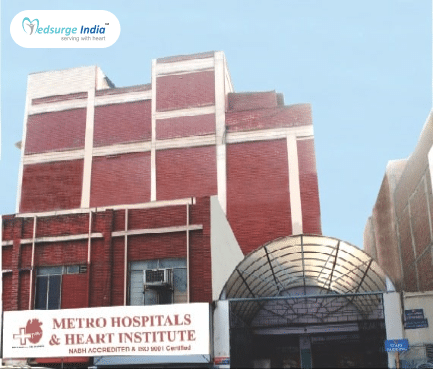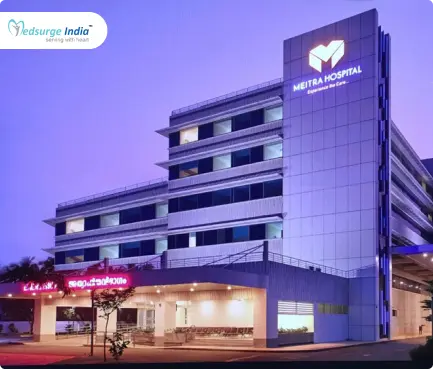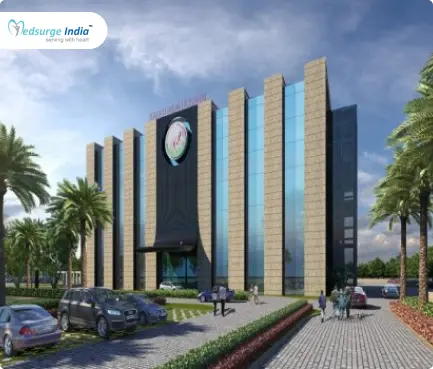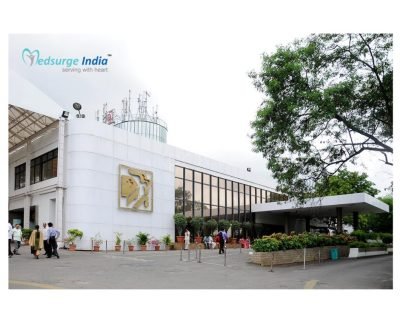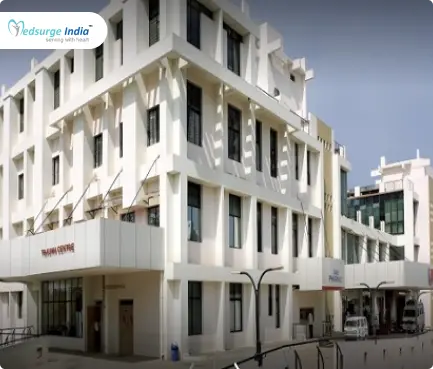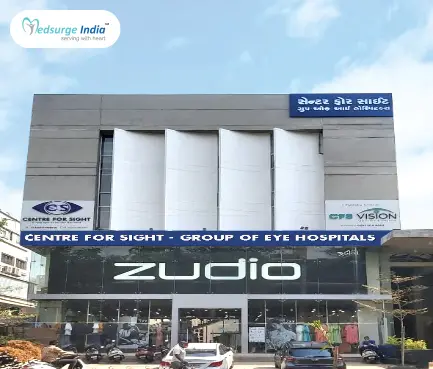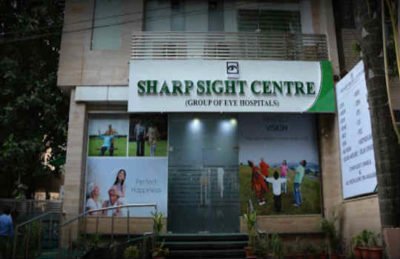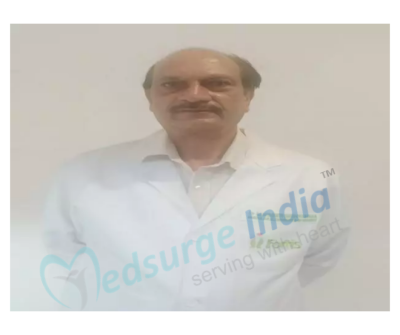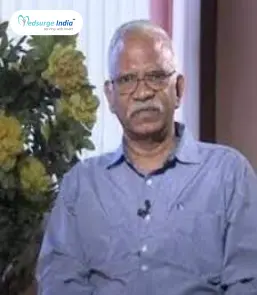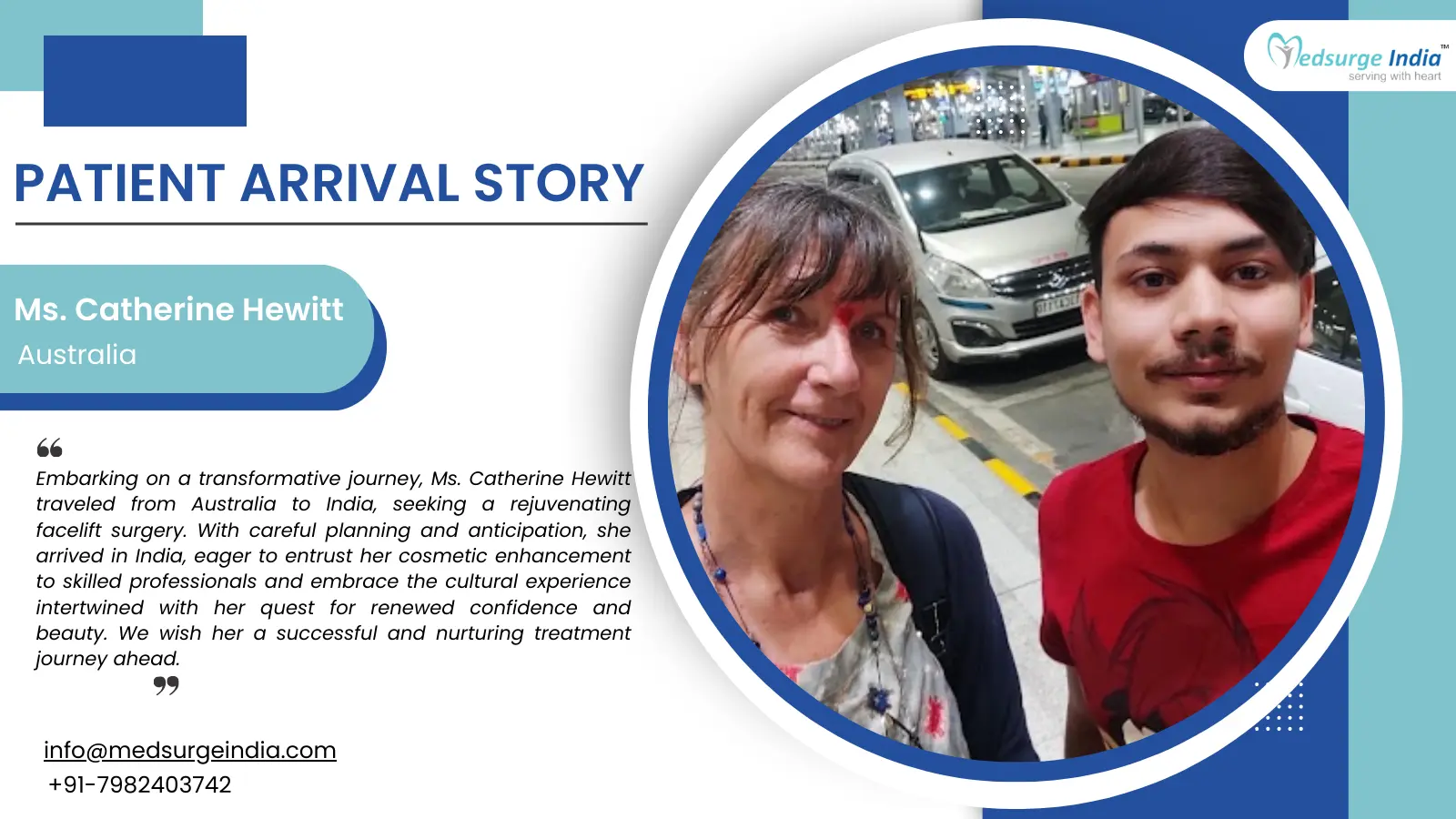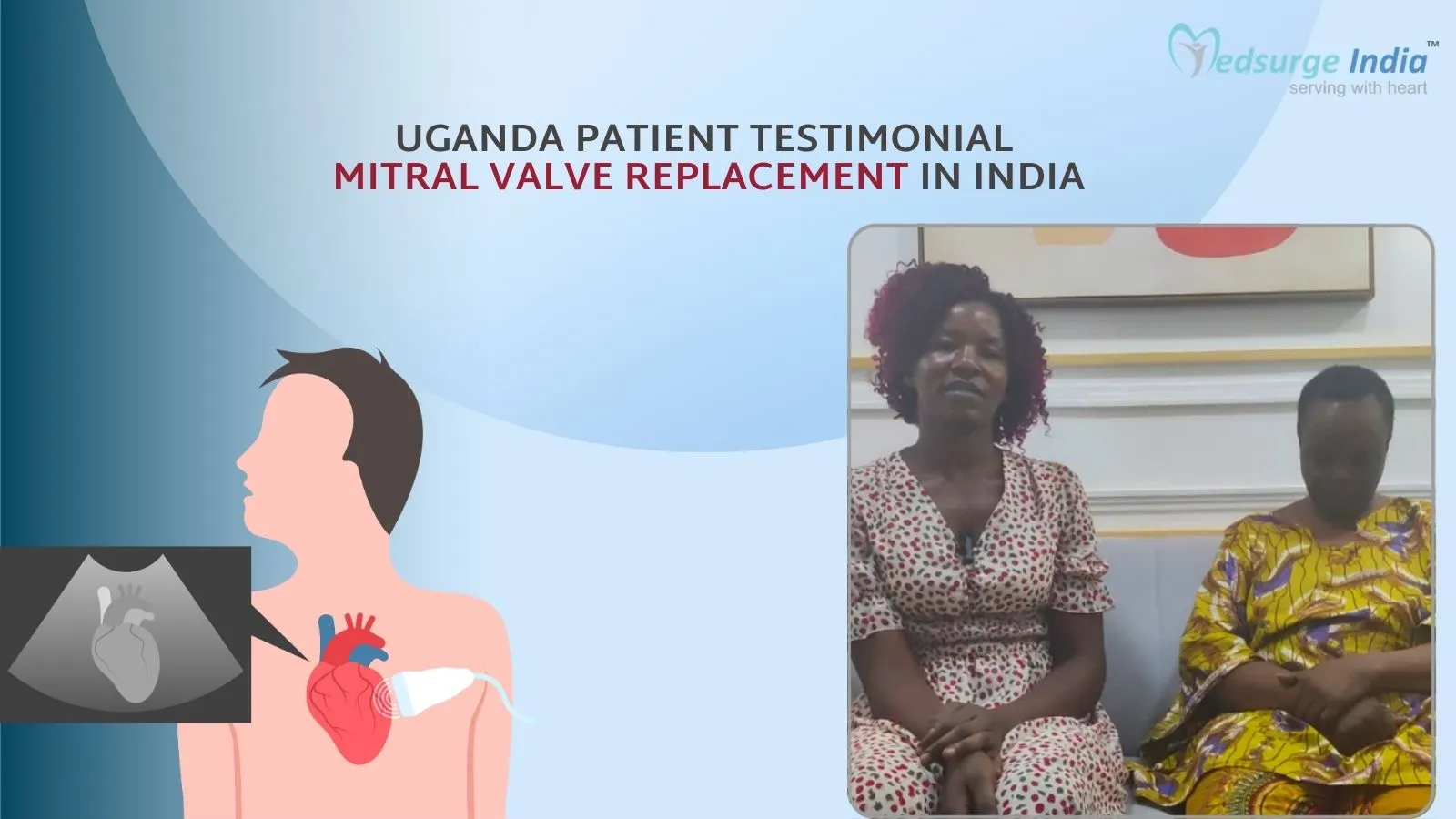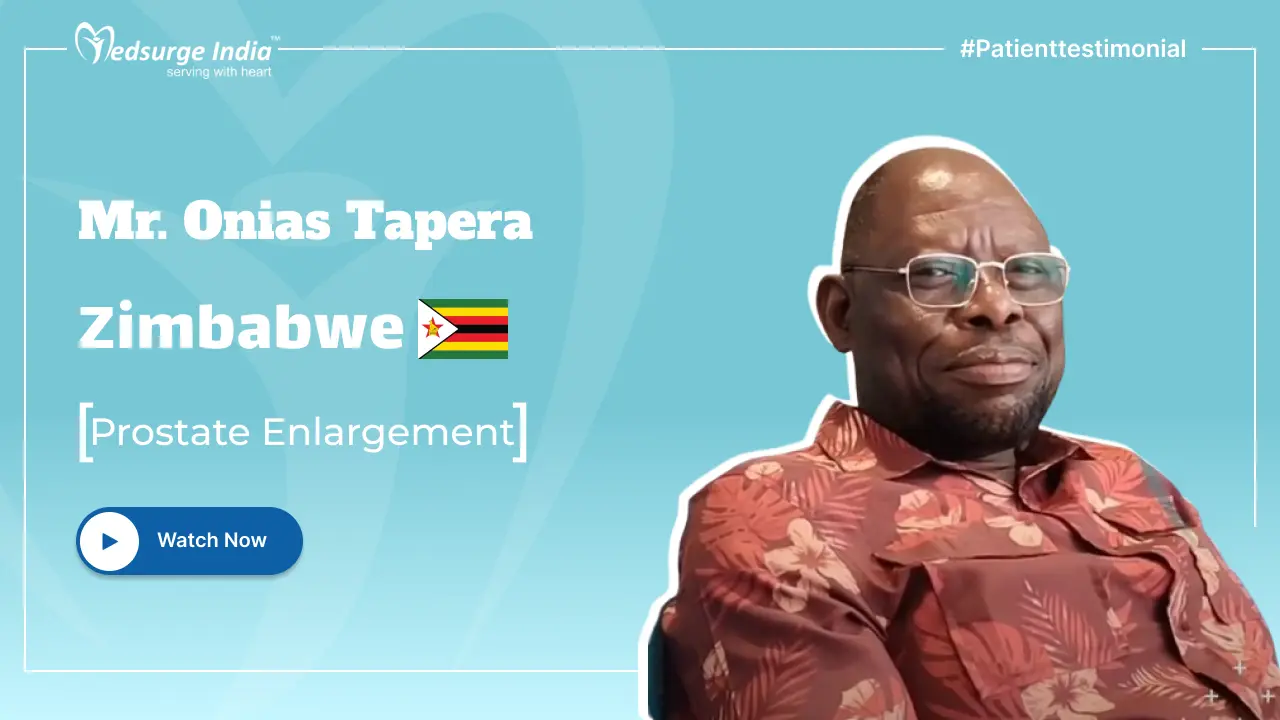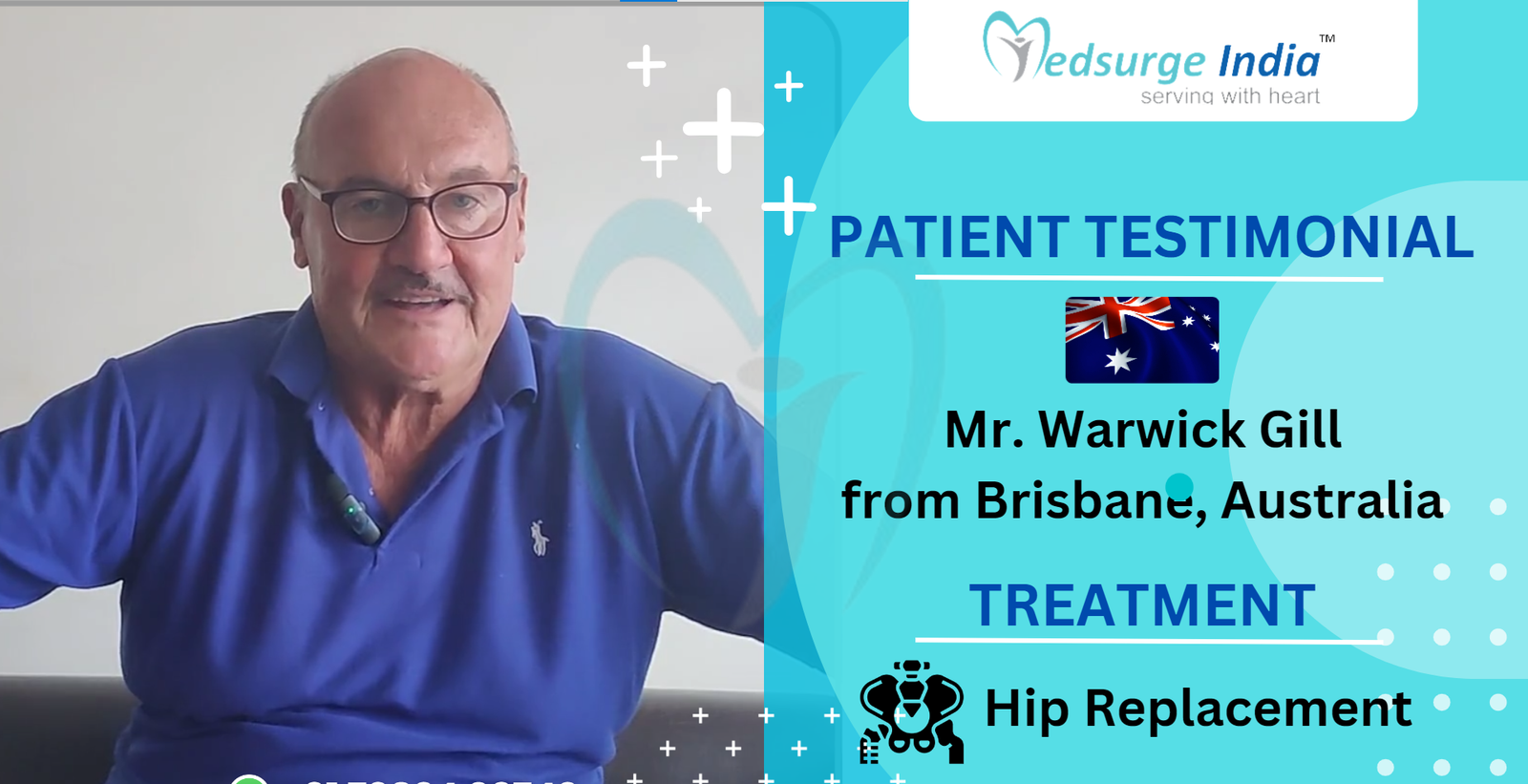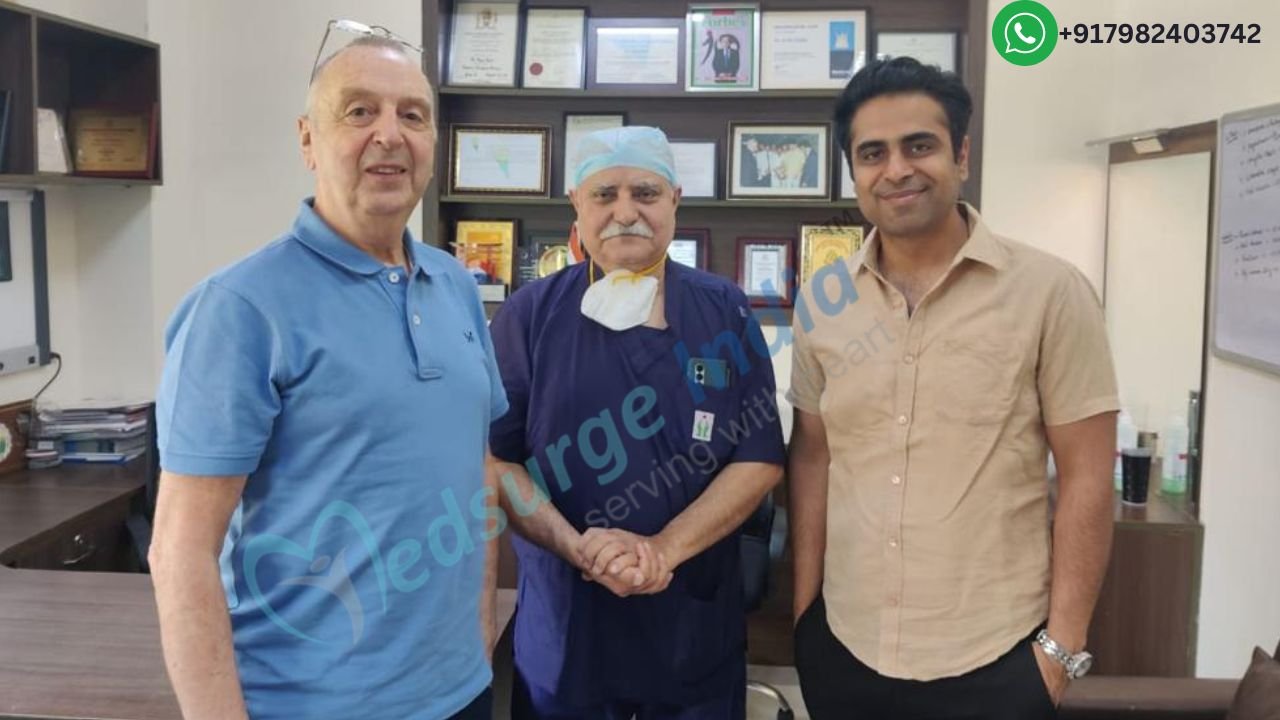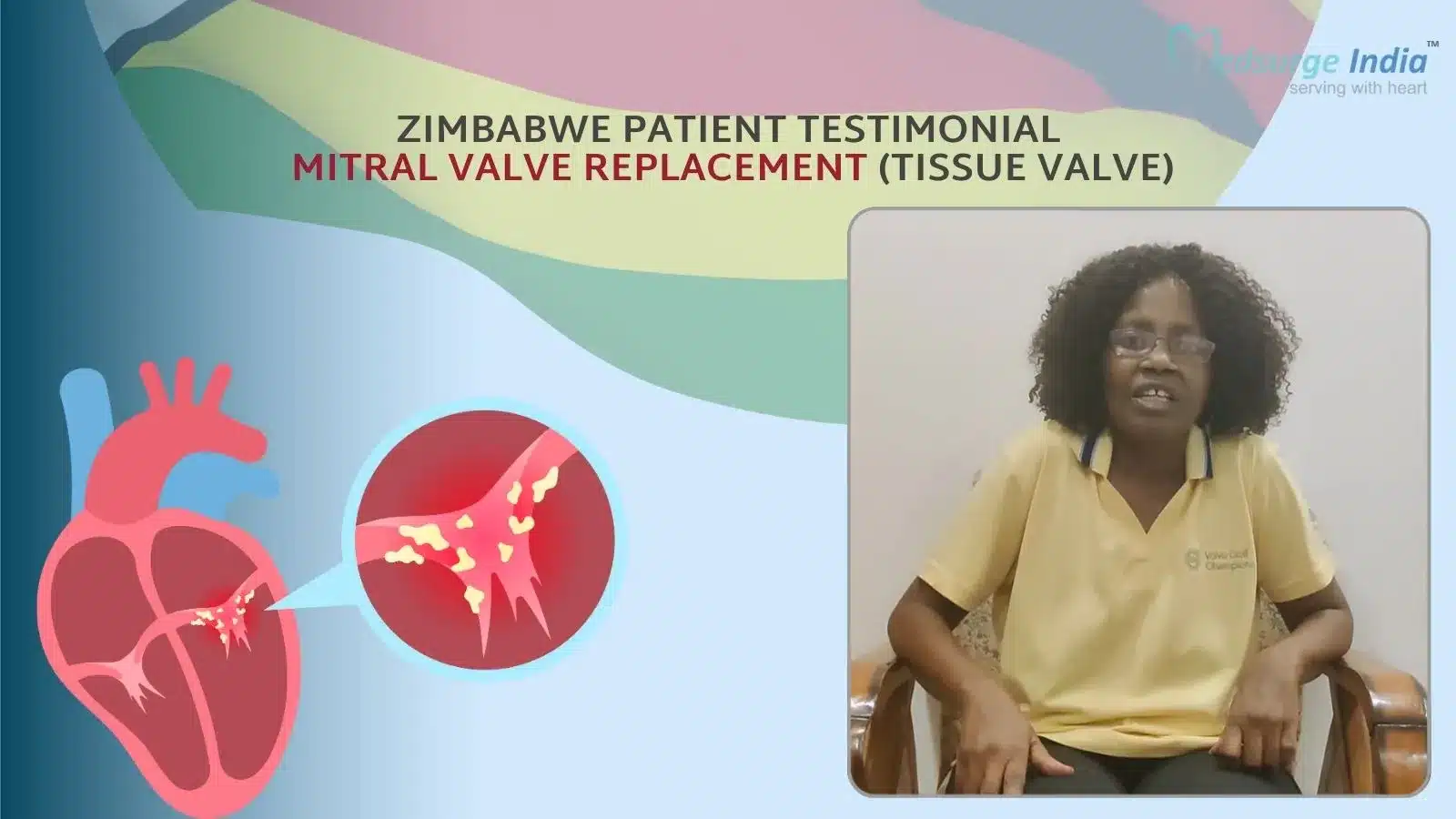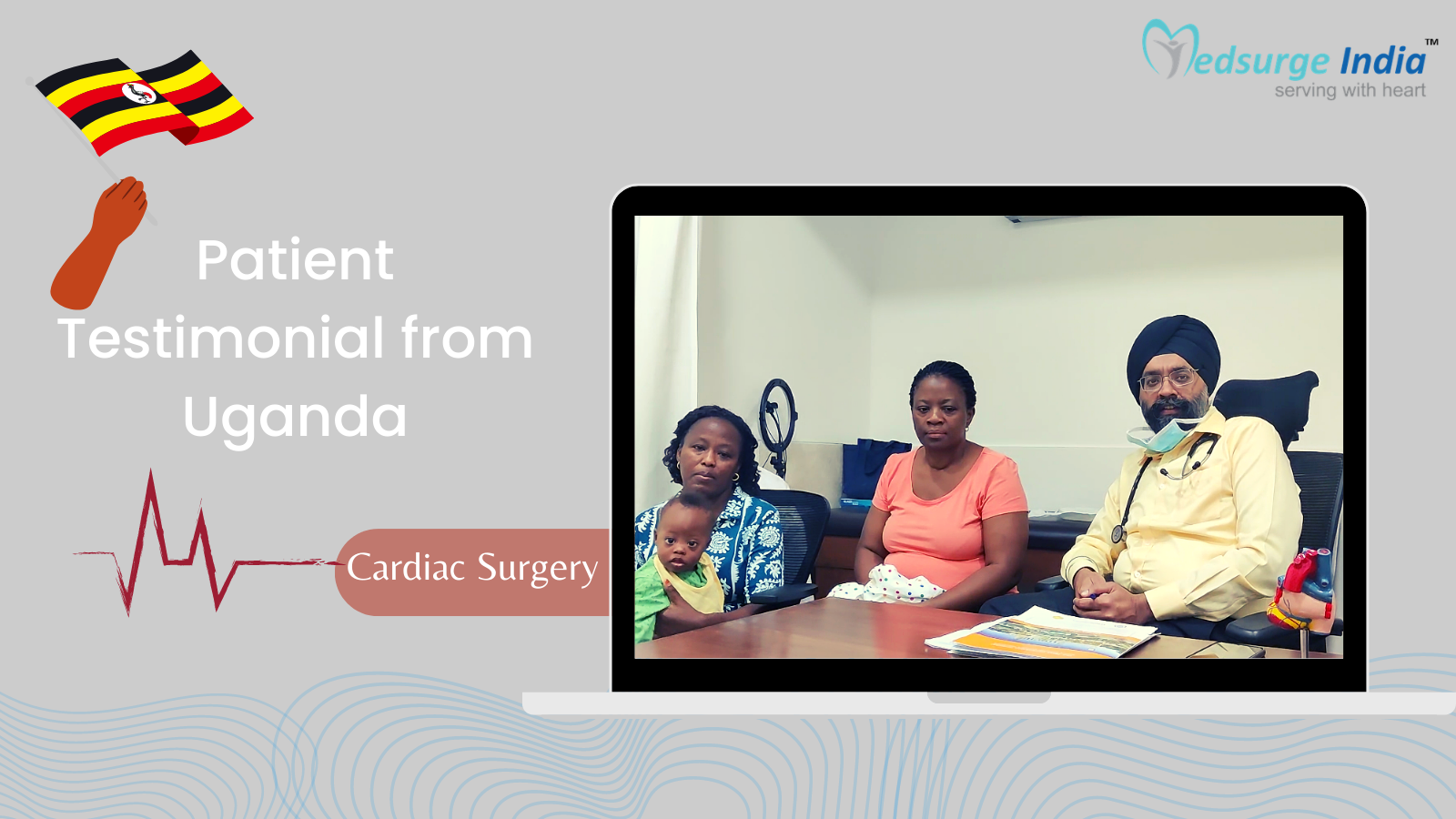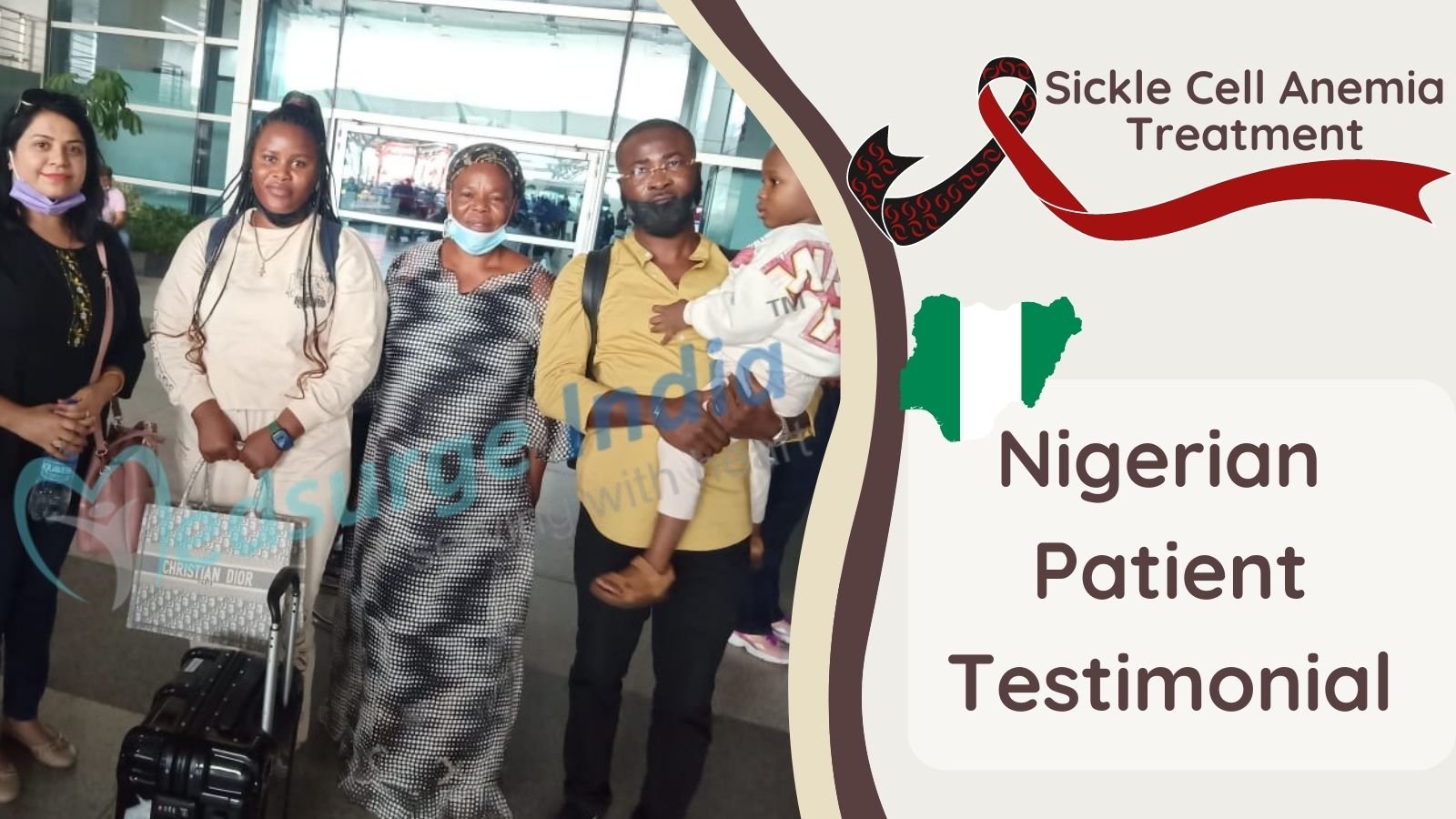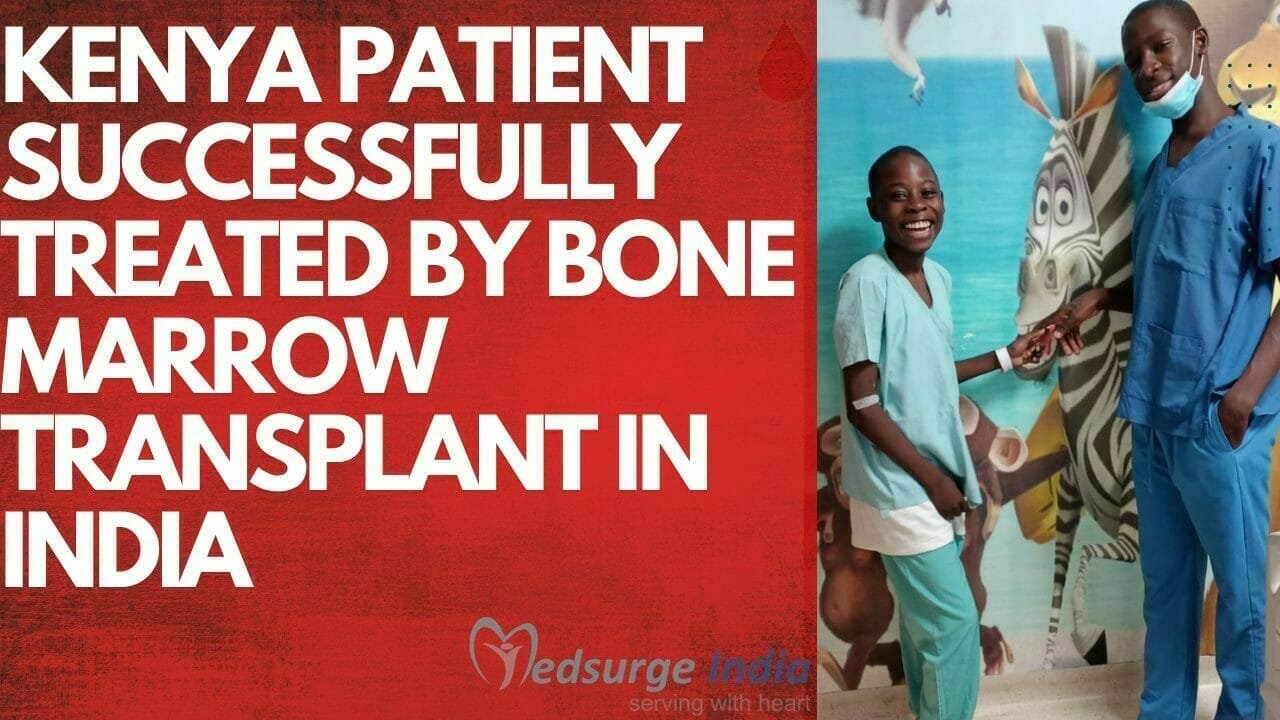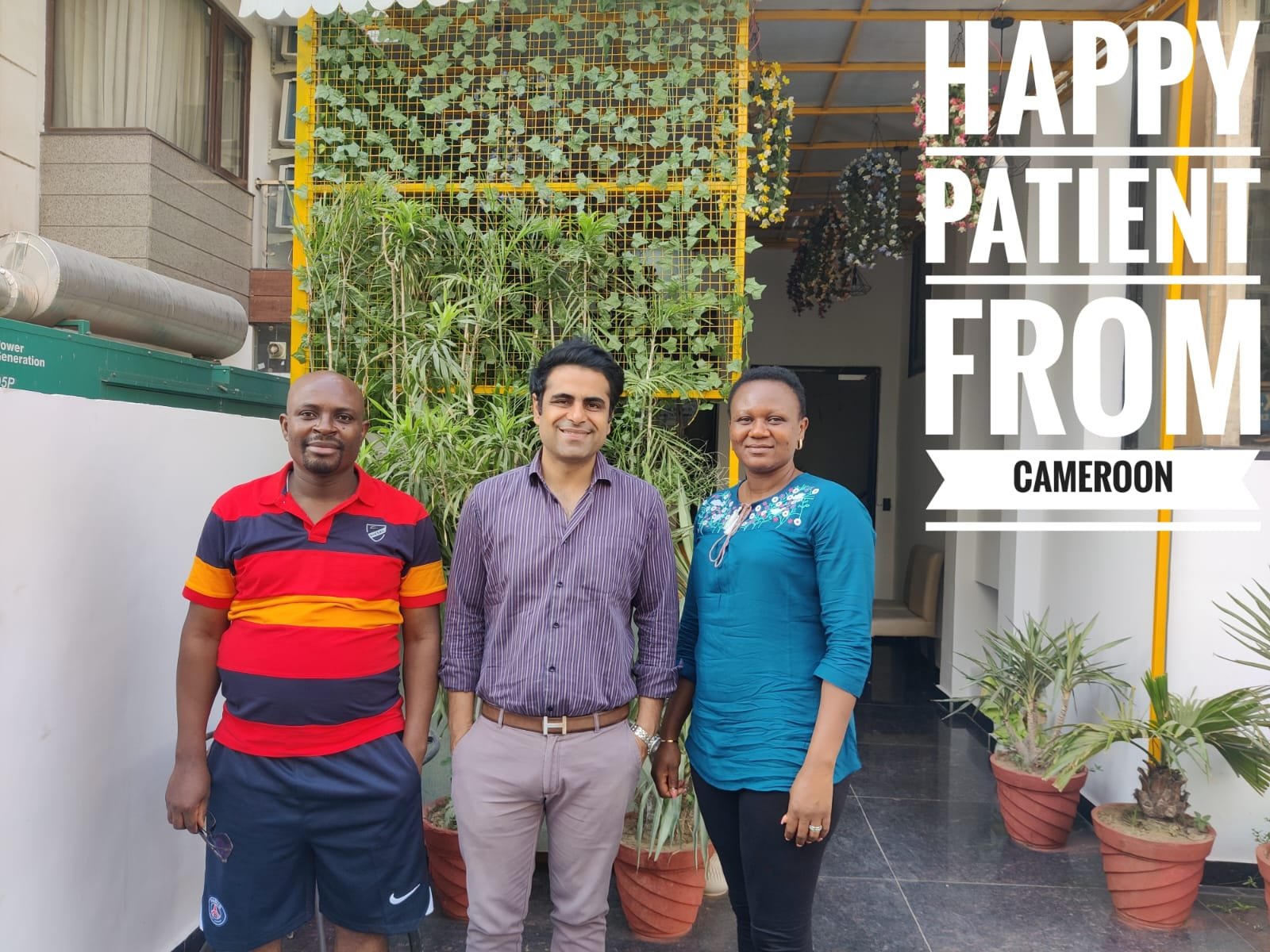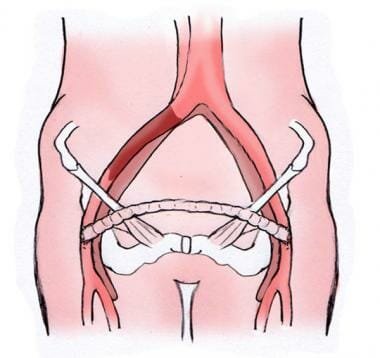
Femoro Femoral (femoral-femoral) skip is a method to boost the blood flow to the leg and alleviate patient signs that may occur because of outside iliac vein occlusive disease. This disorder may happen because of lively ulcers or gangrene and might eventually result in amputation.
Sometimes Femoro Femoral Bypass is an essential alternative. The health care provider can also allow you to consider other alternatives like aorto-bifemoral, iliofemoral, or axillofemoral. Nonetheless, these can depend upon the level and position of this congestion on your leg and exactly what the specialist feels like the ideal option.
Recommended Video – Aorta Bifmoral Bypass Surgery | Uganda Patient Testimonial
Symptoms of Femoro Femoral Bypass
A Femorofemoral bypass is recommended:
- When a patient gets lower-extremity ischemia (claudication or intense pain in the legs during exercise, pain in the time of rest, reduction of tissue) Due to chronic or acute congestion of the iliac artery system of one side.
- For a Nutritional Supplement to endovascular unilateral aortoiliac Exception of an abdominal aortic aneurysm.
- In Serious Sufferers with additional issues like cardiopulmonary disease, Many earlier abdominal Surgeries, previous radiation Treatment of the abdomen or stoma from the abdomen, where Peritoneal Reshaping with inflow from the proximal iliac artery or the aorta is hampered.
- When percutaneous, endovascular intervention fails, Femorofemoral bypass is a safe and effective option for limb salvage.
Tests
- Non-invasive blood vessel physiological investigations, such as reduced leg brachial file (ABI) and blood vessel waveform evaluation by duplex ultrasonography. In case iliac occlusive disease is suspected, no less than one imaging research should be performed for evaluation of their blood vessel life systems.
- Figured tomography angiography (CTA), appealing reverberation angiography (MRA), or arteriography gives anatomic information to the essential revascularization technique.
Femoro Femoral Bypass Cost in India
Femoro Femoral Bypass Cost in India starts from 3500 USD. It typically includes necessary preoperative tests, the patient’s condition, and the surgery itself. However, please note that accommodation and transfers are not included in this cost.
Cost of Femoro Femoral Bypass in Different Cities in India
| Cities | Starting Price |
| Delhi | USD 3500 |
| Gurgaon | USD 3600 |
| Noida | USD 3500 |
| Mumbai | USD 3800 |
| Hyderabad | USD 3500 |
| Chennai | USD 3500 |
| Kolkata | USD 3600 |
| Bangalore | USD 3700 |
Note: Keep in mind that the above-mentioned cost provided is solely for the treatment. The overall cost of Femoro Femoral Bypass in India will be determined based on several factors.
Factors That Can Affect Femoro Femoral Bypass Cost in India
There are various factors that can affect the cost of Femoro Femoral Bypass in India. Here we have listen you with the various factors that can affect the cost of Femoro Femoral Bypass in India.
- Medication costs: Certain medicines can influence the overall cost of Femoro Femoral Bypass.
- Patient Condition: The complexity of the disease along with the patient’s overall health can affect the duration of treatment, impacting the cost.
- Duration of treatment: Longer treatment courses involving multiple visits can lead to higher cumulative costs.
- Geographical location: Cost can vary widely depending on the region in India.
- Hospitalization expenses: The length of hospital stay and the level of nursing care required by the patient can add to the treatment expenses.
- Government policies and subsidies: Government healthcare schemes and subsidies can reduce out-of-pocket expenses for patients, affecting the affordability of Femoro Femoral Bypass.
- Medical tourism packages: Curated packages for international patients can include various services at a bundled cost, influencing the overall expense of treatment in India.
- Hospital reputation and infrastructure: Prestigious hospitals with state-of-the-art facilities may charge more for their services.
- The expertise and experience of medical professionals: Vascular surgeons with extensive experience and recognition often command higher fees, contributing to the treatment cost.
- The type and frequency of diagnostic procedures: Regular monitoring with advanced imaging and laboratory tests can increase treatment costs due to the high price of these diagnostic methods.
- The choice of treatment modality: Opting for newer or more advanced treatment options or precision medicine can be more expensive than traditional approaches.
India provides excellent medical services and facilities for patients seeking treatment, including Femoro Femoral Bypass surgery. These facilities are on par with renowned healthcare centers around the globe. Additionally, the cost of accommodation, meals, and transportation is also included. Moreover, international patients can save a significant amount, up to 30-40%, on the expenses of Femoro Femoral Bypass cost in India compared to their native countries.
Risks in Femorofemoral Bypass
- Bypass blockage
- Femoral nerve damage
- Hematoma
- Graft thrombosis and distal emboli
- Graft contamination
The Cost Involved in Femorofemoral Bypass
The following are the primary factors that determine the cost involved in Femorofemoral Bypass:
- The hospital that patient chooses for his/her treatment (if required)
- Fees for the doctor/physician
- Cost of surgical procedures (if required)
- Cost of follow up care
- Cost of medicines
- Cost of tests and diagnostic procedures
Get Free Cost Estimation
Procedure
Femoro Femoral Bypass Procedure
Before Procedure
- Femorofemoral sidestep is often performed with general anesthesia on the grounds that burrowing of this unit can be difficult to endure. In scenarios where basic cardiopulmonary illness cubes general anesthesia, be that as it might, the machine can be carried out with local (spinal) or area anesthesia and sedation.
- The operation is done with the patient located, and a broad sterile field is installed in the stomach to the front legs.
Helpful – Dr. Himashu Verma | Sr. Consultant Vascular Surgeon
During Procedure
- The femoral arteries are exposed bilaterally with longitudinal or incisions. This procedure is extremely favorable since it provides better accessibility to both lateral and distal femoral veins. The essential process is performed to guarantee the preservation of the deep connective tissues.
- The tube is then made to your Femoro Femoral jump before systemic heparinization. This tube is created mostly from the prefascial subcutaneous plane. But under specific circumstances like scarring of the stomach, damage to the skin, or other abdominal difficulties, this tube might be reached in the space of Retzius (preperitoneal). Sometimes, due care is required to avoid any injury to the inner viscera.
- Femorofemoral bypasses are accomplished by the use of prosthetic grafts which are then combined together with the artery. The tunneling is performed carefully thinking about the size and measurements of the graft so it doesn’t kink or become unduly tensed.
- When the tunnel is prepared, the graft is tunneled from the incision on one side of the pubic into another having blunt finger dissection, a suitable clamp, or a tunneling apparatus over the prefascial subcutaneous plane inside the abdominal wall over the pubis. Within the gut divider is better compared to the pubis.
- The polytetrafluoroethylene (PTFE) or Dacron graft is then passed throughout the tube and ordered as an inverted C or U so it converges longitudinally in the anastomoses.
After Procedure
- The surgical wounds have to be cared for completely to stop illnesses
- The physician may recommend necessary medicines that have to be given routinely.
- Painkillers can be prescribed for pain
- The patient might be permitted to stand on the very first day after surgery and could have the ability to walk with assistance or support the following 3 days.
- Blood-thinning drugs might also be given to prevent clots.
- You have to rest for 2-3 weeks following the surgery
- You’ll have the ability to push after 4 weeks of operation.
- You can resume light work after two weeks of operation and heavy work just after four weeks
The Most Important Frequently Asked Questions
Q: How to Prepare for Femoro Femoral Bypass?
A: The health care provider will ask about your routine medications when you arrive at the center for your own pre-confirmation arrangement. In the event you’re taking any antiplatelet drugs, (by way of instance, headache medication or clopidogrel) or some other prescriptions which thin the blood, (by way of instance, warfarin), the point you could be requested to prevent them immediately prior to operation. In the event you are taking any meds for diabetes (as an example, metformin) or using insulin, then those might even be stopped or the dose shifted. You’ll be provided full information on any progressions you need to create for your meds in the pre-confirmation center — please be sure that your inquiries are answered clearly in time.
Q: Is Bypass Surgery Painful?
A: The operation will be done under general anesthesia or spinal anesthesia, and that means you won’t feel any pain during the operation.
Q: What Happens After the Surgery?
A: Following the task, you’ll be delivered to the recuperation area where you are going to be assessed until the stage when you’re sufficiently awake to be traded into the ward. You’ll be given fluids with means of a spoonful till you can intake food or fluids orally. This tube along with the bladder catheter will be removed after two weeks. It is possible to expect to maintain the hospital to get four-five is routine for the legs to become swollen after the surgery, which may take a few weeks to reduce down.
Q: What Should I Do When I Am Back at Home?
A: Care for your surgical wounds. Be certain you don’t do any heavy work to create a strain on the wounded region. You may choose the support of local medical care to look after the grooming of your own wounds.
Q: What Can I Do to Help Myself?
A: Stay away from smoking to keep strokes away or heart problems. Mild to moderate exercise can allow you to keep healthy. You have to receive your BP checked frequently to prevent straining your circulatory system. Avoid becoming overweight and maintain your cholesterol level in check by eating mild, non-greasy meals. In the event, you have diabetes, keep it under control by following the required precautions.
Q: What Are the Benefits of a Femorofemoral Bypass?
A: This operation will restore blood flow to a leg that’s strained and you’ll have the ability to walk comfortably.
Q: What Specific Document Do I Need to Carry With Me When Planning to Travel?
A: Please make certain you get a copy of the medical record in the treating physician with all up-to-date info about the remedies experienced cited in it for the previous six weeks.
Q: What Are the Eligibility Requirements for a Medical Visa to India?
A: A valid passport and visa and that you’re trying to find a health treatment from a reputed and recognized hospital in India are all you have to submit an application for a medical visa to India. 2 attendants that are blood relatives have been permitted to accompany the individual under different attendant visas.
Also, Check out – All you Need to Know About Medical Tourism in India
Top Hospitals for Femoro Femoral Bypass in India
Top Doctors for Vascular Surgery
Dr. Amish Mhatre
Senior Consultant
Experience: 10 years of experience
Fortis Hospital, Mulund, Mumbai
Mumbai, India
Dr. Tarun Grover
Senior Consultant
Experience: 21 years of experience
Medanta – The Medicity, Gurgaon
Gurgaon, India
Dr. Azeez Pasha
Consultant
Experience: 20 years of experience
Manipal Hospital (Old Airport Road) Bangalore
Bangalore, India
Dr. Sunil Kumar Baranwal
Consultant
Experience: 11 years of experience
Fortis Hospital Delhi Shalimar Bagh
New Delhi, India
Dr. Rajkumar M
Consultant
Experience: 30 years of experience
Apollo Specialty Hospital Vanagaram, Chennai
Chennai, India
Dr. Surinder Singh Khatana
Senior Consultant
Experience: 33 years of experience
Fortis Memorial Research Institute, Gurgaon
Gurgaon, India
Dr. Kapil Gupta
Senior Consultant
Experience: 12 years of experience
Max Super Speciality Hospital, Patparganj, New Delhi
New Delhi, India
Dr. Rajesh S
Consultant
Experience: 12 years of experience
M.S. Ramaiah Medical Teaching Hospital, Bangalore
Bangalore, India
Dr. Rahul N.S
Consultant
Experience: 17 years of experience
Manipal Hospital (Old Airport Road) Bangalore
Bangalore, India
Dr. Raghuram Sekhar
Consultant
Experience: 30 years of experience
Kokilaben Dhirubhai Ambani Hospital Mumbai
Mumbai, India
Dr. Virender Singh Sheorain
Consultant
Experience: 15 years of experience
Medanta – The Medicity, Gurgaon
Gurgaon, India
Dr. Murali Krishna
Consultant
Experience: 14 years of experience
Manipal Hospital (Old Airport Road) Bangalore
Bangalore, India
Dr. Rumneek Sodhi
Associate Consultant
Experience: 13 years of experience
Medanta – The Medicity, Gurgaon
Gurgaon, India
Dr. Vidyasagaran T
Senior Consultant
Experience: 30 years of experience
Apollo Spectra Hospital, Chennai
Chennai, India
Dr. Sukalyan Purkayastha
Head of Department
Experience: 23 years of experience
Institute of Neurosciences, Kolkata
Kolkata, India
Dr. Rajah V Koppala
Consultant
Experience: 28 years of experience
Apollo Spectra Hospital, Alwarpet, Chennai
Chennai, India

